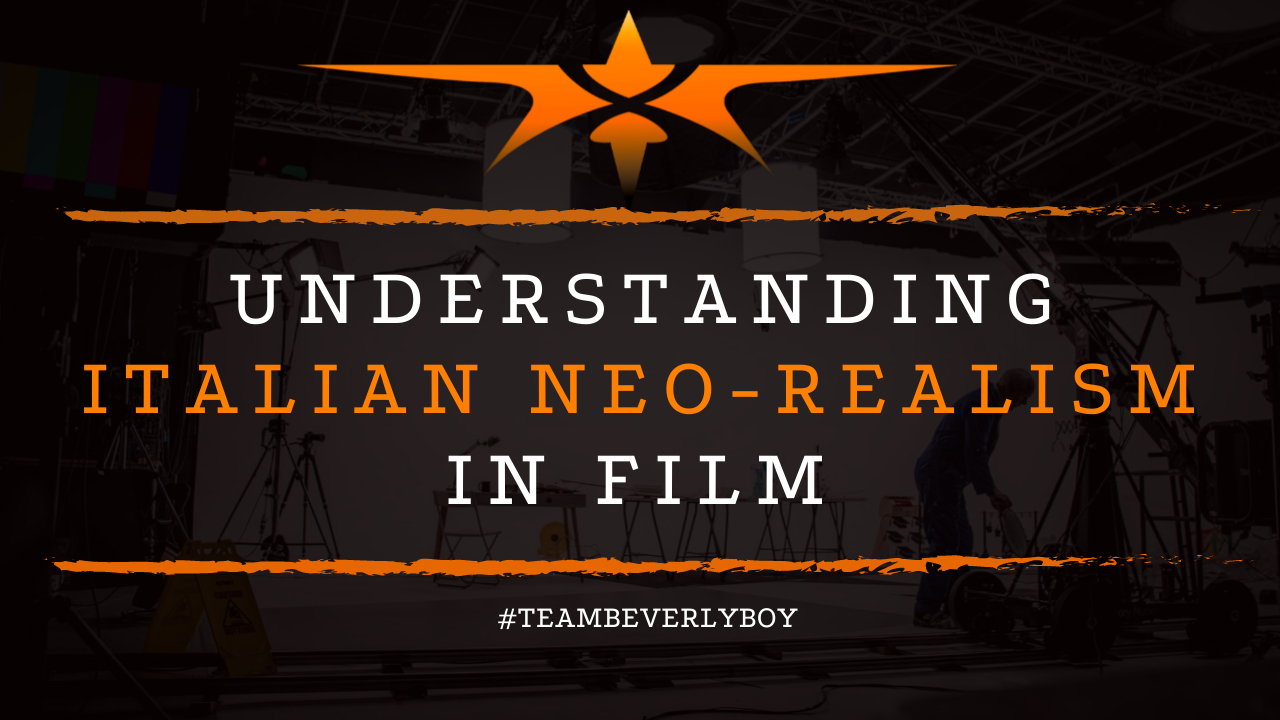
Understanding Italian Neo-Realism in Film
The push in Italy toward coming out of a time of oppression and silence would bring about a new means of film study which would be come to be known as Italian Neo-realism. In Italian, neo-realism in film meant new realism and it represented a turn in which filmmaking and the stories that were told would shift from those in which a focus was on fiction to a focus on the real world problems that were plaguing Italians following the war. Italian neo-realism in film would become the prominent means of filmmaking in Italy after World War II.
What is Italian Neo-Realism?

Italian neo-realism is a filmmaking movement in which a national shift in the stories and focus of films as well as the way in which films were made was incorporated. No longer would stories be set among the glory of rich Hollywood but instead they would portray the new reality that everyday people in low-income areas of Italy were faced with. In a post-war world, Italian neorealism was a movement toward dealing with the events that led to the war and the social problems that were engendered both during and after the wartime.
Italian neorealism would result in films become more realistic, focused on topics that were otherwise oppressed in the past, and delivering insight into the poor, underprivileged, and less represented minorities. This was a new wave of cinematic programming that would take over in theaters throughout Italy throughout the late 1940s and into the 1950s.
Italian Neo-Realism Film Characteristics
Italian neo-realism in film sought to bring about understanding of the post-war problems that were common throughout Italy and had been largely oppressed by the media and society as a whole. Films made during this era were characteristically produced on low budgets and had very realistic effects. They often included actors that had very limited talent or that were not professional. Films of this style include the following characteristics:
- Long takes.
- Filmmaking in lackluster neighborhoods, usually the poor areas of Italy.
- Views of things like refugee camps and the disaster that was created by war.
- A blend of raw emotions targeting both the artist and the audience.
- Conversational script that was did not seem to be scripted.
- Realist endings that were not happy.
- A documentary style.
Italian neo-realism largely focused on acting in direct opposition to Hollywood, and to show the real lives that were less than perfect. These films rarely ended on a happy note, and they often focused on topics that were raw, real, and emotionally drawing. Because the films were low-budget realist style, they did not utilize special lighting or editing. The idea was to help the audience feel the connection to the lackluster environment and the oppression that had become dominant outside the field.
Italian neo-realism films certain represented a strong evolution in filmmaking in Italy. They largely adjusted the preference of the audience as shifts from the Hollywood fiction of glamour and glory would shift to analysis, critical thinking, and understanding of reality.


